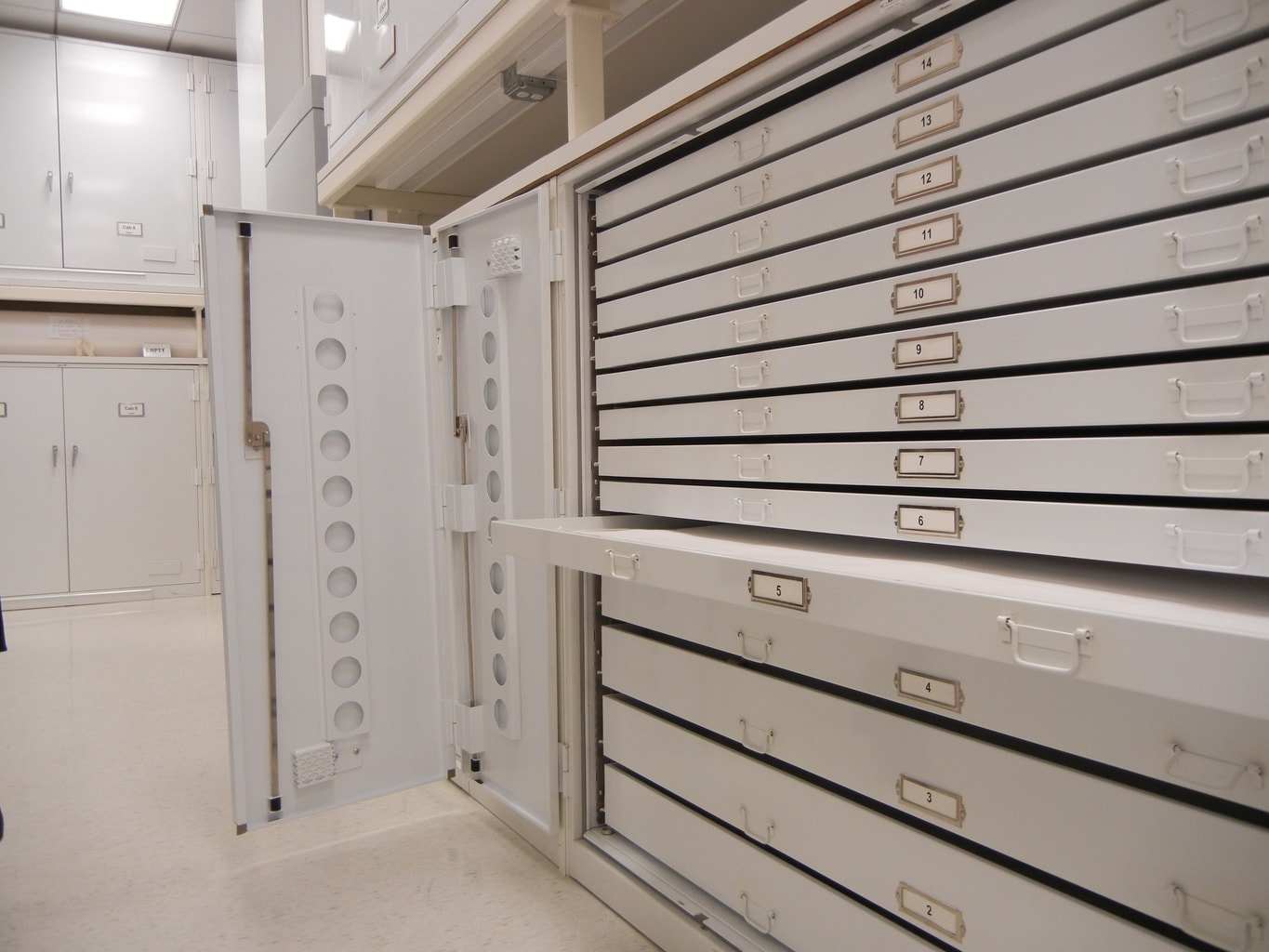
It is usually deployed in storage-area network (SAN) environments and must be tied to a functioning server.īecause block storage doesn’t rely on a single path to data-like file storage does-it can be retrieved quickly. And then, when data is requested, the underlying storage software reassembles the blocks of data from these environments and presents them back to the user. That means that some data can be stored in a Linux® environment and some can be stored in a Windows unit.īlock storage is often configured to decouple the data from the user’s environment and spread it across multiple environments that can better serve the data. Each block of data is given a unique identifier, which allows a storage system to place the smaller pieces of data wherever is most convenient.

File-based storage systems must scale out by adding more systems, rather than scale up by adding more capacity.īlock storage chops data into blocks-get it?-and stores them as separate pieces. The problem is, just like with your filing cabinet, that virtual drawer can only open so far. It’s great for storing an array of complex files and is fairly fast for users to navigate. File storage has broad capabilities and can store just about anything. Any time you access documents saved in files on your personal computer, you use file storage. It is the oldest and most widely used data storage system for direct and network-attached storage systems, and it’s one that you’ve probably been using for decades. This is where the term hierarchical storage comes from, and this is file storage.

Every document is arranged in some type of logical hierarchy-by cabinet, by drawer, by folder, then by piece of paper. It’s like a library card catalog for data files. (Beware-It can be a long, winding path.) Data stored in files is organized and retrieved using a limited amount of metadata that tells the computer exactly where the file itself is kept. When you need to access that piece of data, your computer needs to know the path to find it. File storage, also called file-level or file-based storage, is exactly what you think it might be: Data is stored as a single piece of information inside a folder, just like you’d organize pieces of paper inside a manila folder.


 0 kommentar(er)
0 kommentar(er)
